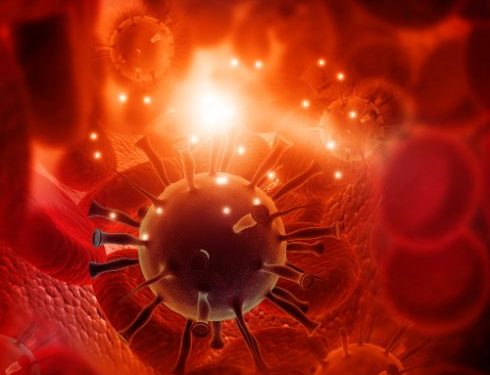While many cancers have a similar origin, these diseases are often driven by their own specific subset of stem cells, a population of cancer-causing cells. These cells display traits of self-renewal and differentiation, which contribute to the heterogeneity of cancer cells. They also mediate tumor metastasis and may contribute to treatment resistance and relapse after therapy. But how do cancer stem cells differ from normal stem cells?
One hypothesis suggests that the tumor is a heterogeneous population of mutant cells that hosts a number of distinct types of cancer stem cells. While one type of cancer stem cell is optimal for its specific environment, other types of cancer stem cells can adapt to the therapeutic intervention. This new theory complicates attempts to identify the origin of cancer stem cells. As a result, cancer stem cell-specific treatment regimes may not be as effective as they might otherwise be.
Molecular markers of cancer stem cells can be helpful in identifying which tumors contain these cells and which therapies may have a higher success rate. For example, tumor-specific fusion receptors have shown promise in CRC. Cancer stem cells are often overexpressed in CD47, a protein that serves as a prognostic marker. In addition to this, blocking CSCs’ ability to produce certain types of antigens may not be the most appropriate target for therapy.
To design new drugs that can target cancer stem cells, researchers must understand the cellular mechanisms that regulate cell proliferation. Advances in CSC research were first made with hematopoietic stem cells, which share the same pathways as leukemia-derived HSCs. Normal stem cells may become CSCs through dysregulation of proliferation pathways and oncoprotein activity. Several components of the Notch pathway have been implicated as oncogenes in tumors.
MiRNAs are small molecules that regulate heterotypic signals, such as miR-1720. These molecules target cancer stem cells to inhibit their growth and proliferation. The treatment of cancer stem cells can help to improve cancer survival and alleviate symptoms. One type of anti-cancer drug targets miR-1720 inhibits IL-8 secretion. The anti-Cancer stem cell agents may inhibit tumor growth and metastasis in mice and humans.
Although the term “cancer stem cells” is elusive, researchers have emphasized the importance of the tumor microenvironment in cancer. Drugs that target CXCR2 or CXCR4 signaling pathways may be effective in inhibiting cancer stem cells. In addition to acclimating the tumor to systemic agents, pharmacological treatment of CSCs may reduce tumor size. Ultimately, cancer stem cells are crucial to cancer survival.
The cancer stem cell model proposes that the majority of tumor cells are CSCs, and that the malignant behavior of these cells is derived from a subpopulation of these cells. These cells possess properties of self-renewal and multilineage differentiation, which explains why chemotherapy and other therapies fail to eradicate the tumor. In addition, the model also explains why cancer recurs after apparent complete remission. It also proposes a role for CSCs in the maintenance of tumor growth.









